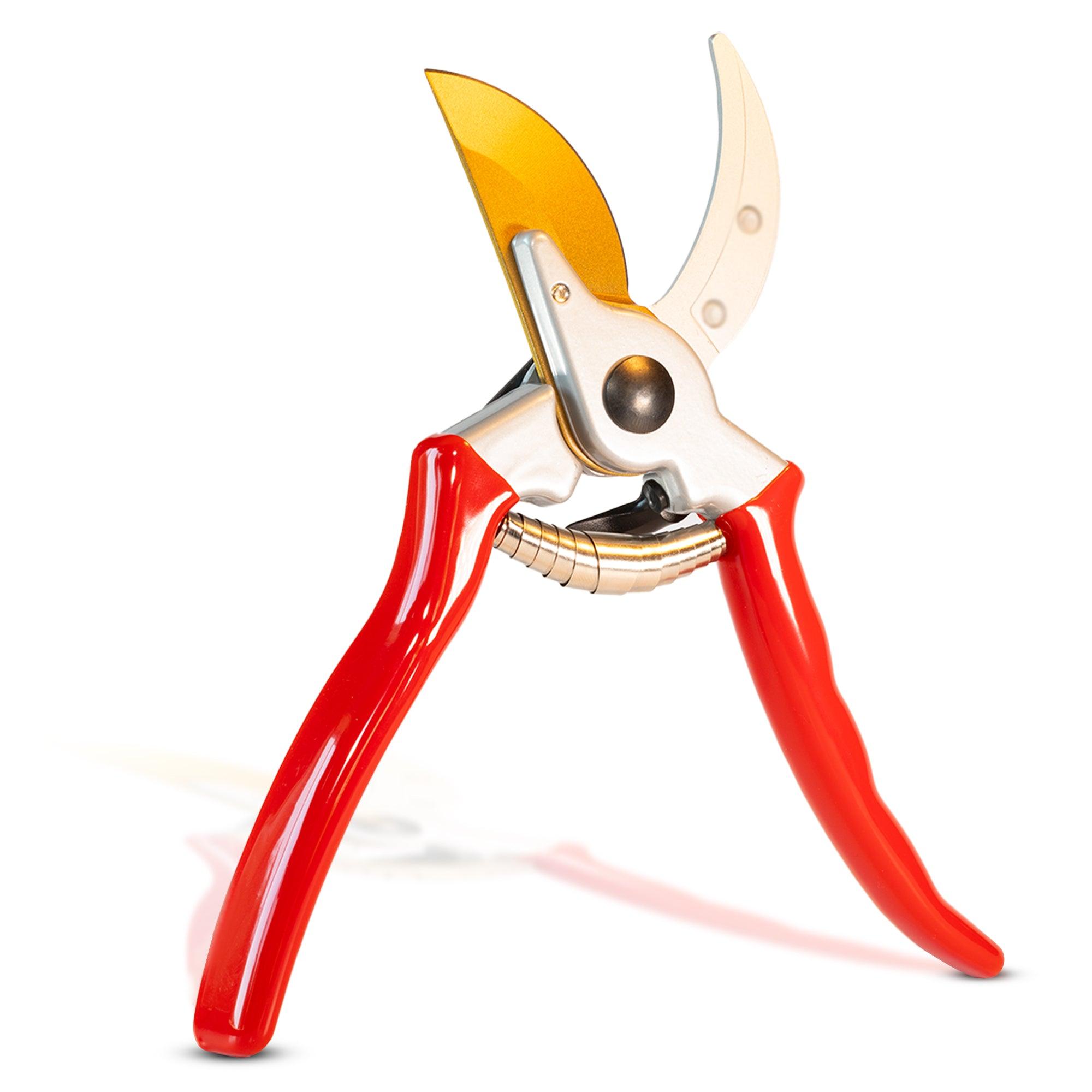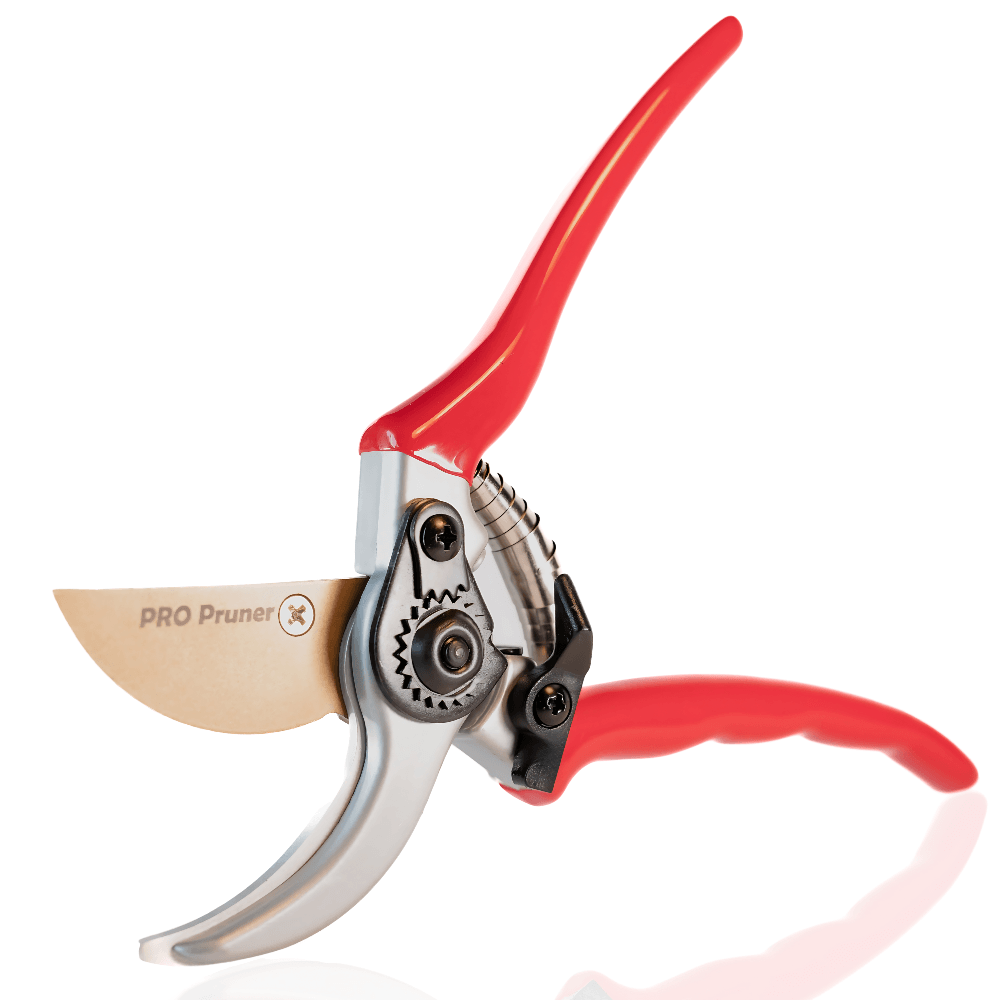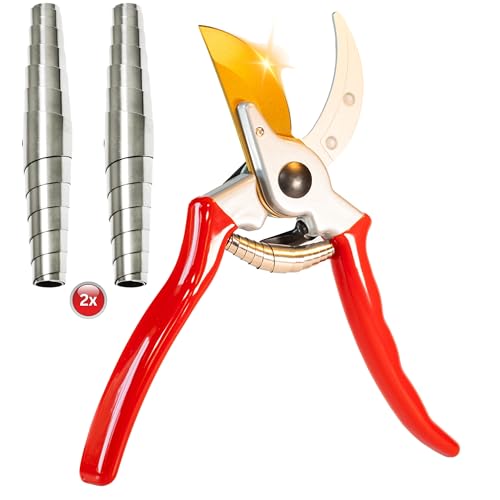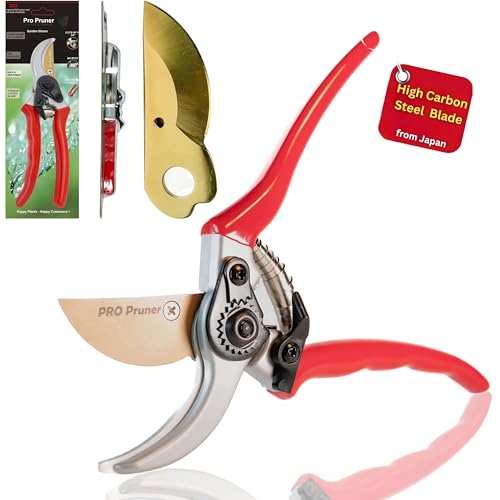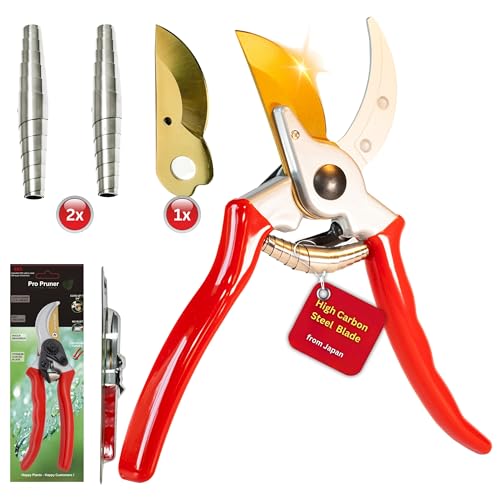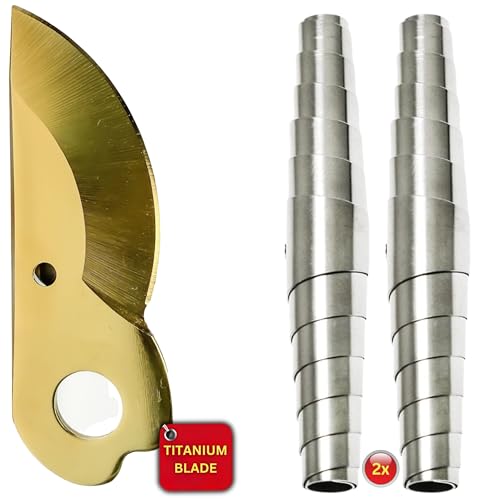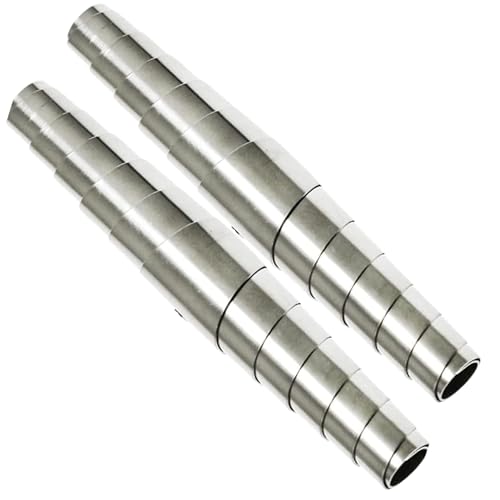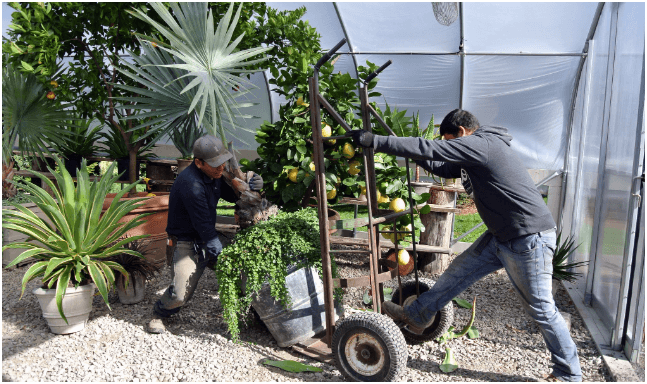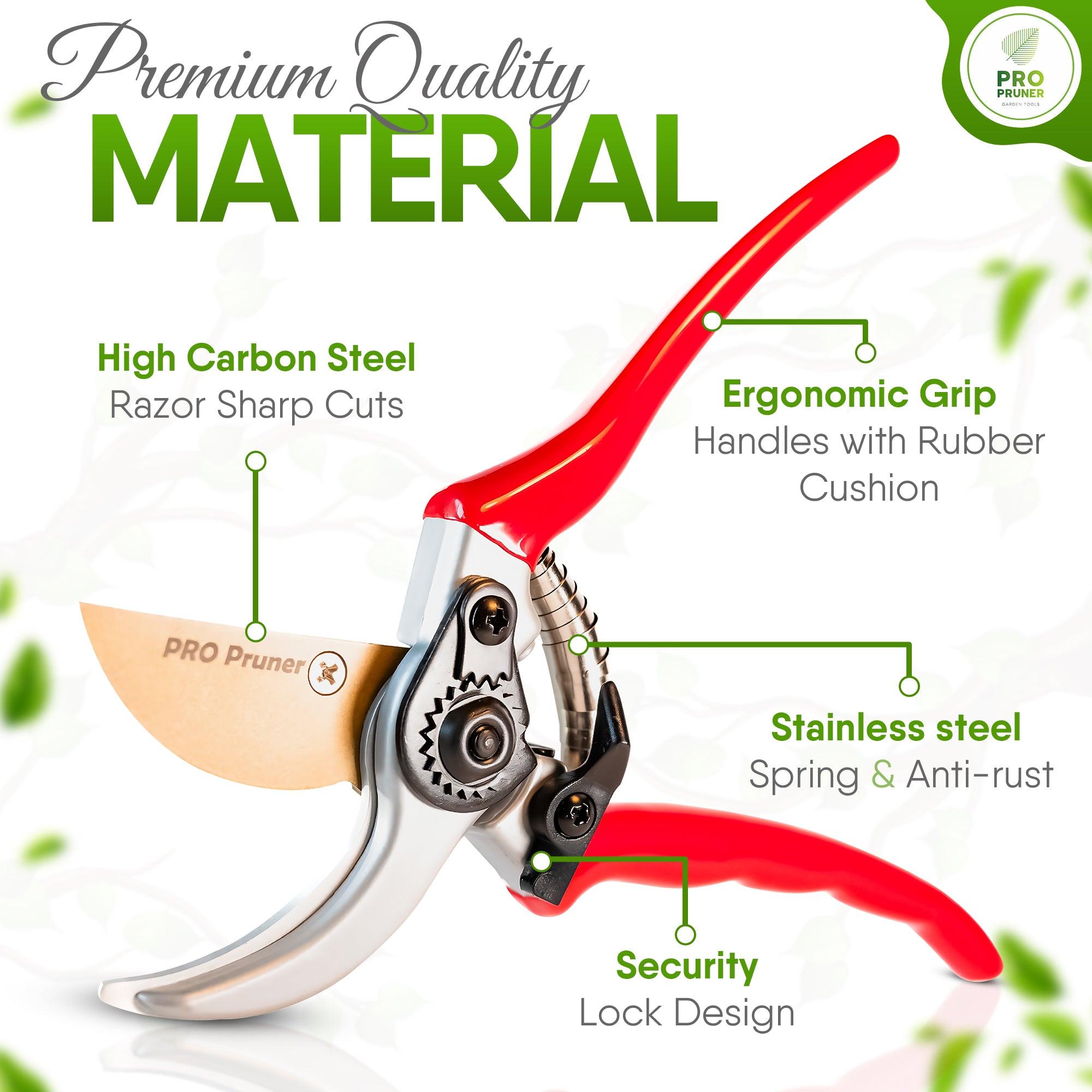A Gardener’s Guide to Storing Non-Hardy Plants Indoors for the Winter
As the colder months approach, gardeners face a dilemma—how to protect their non-hardy plants from frost and freezing temperatures. For those of us with tropical favorites or delicate perennials, the idea of letting them die off is unappealing. Fortunately, there’s an alternative: bringing these plants indoors. However, successfully transitioning plants inside for the winter involves a little more than simply moving them to a sunny spot. Here’s how to ensure your plants thrive through the cold months.
Understanding the Importance of Indoor Plant Storage
Winter can be brutal on plants not adapted to cold weather. Many tropical plants, like banana plants or geraniums, as well as cold-sensitive succulents, won’t survive the harsh temperatures outdoors. So, instead of watching them wither away, why not move them inside? However, not all plants are suited for indoor conditions, and the transition needs careful attention to ensure your plants stay healthy.
Which Plants Should You Bring Inside?
Not every plant requires a winter retreat. Hardy plants such as certain perennials may survive outdoors with proper mulching or covering. However, subtropical and tropical species, including hibiscus, citrus trees, and coleus, need shelter when temperatures fall below 50°F (10°C). When deciding which plants to bring inside, consider your plant's frost tolerance and growth requirements.
For more tips on which plants to move indoors, check out our Pro Pruners Blog, where we list common plants that need to be protected during the winter.
Preparing Your Plants for Winter Indoors
Before moving your plants inside, you’ll need to prepare them. First, inspect for pests or diseases. Outdoor plants often harbor unwanted critters, so giving your plants a good rinse or applying insecticidal soap can help eliminate any potential issues. Trim back any dead or diseased foliage to reduce the risk of mold or mildew spreading.
Once cleaned up, consider the right containers for your plants. If transplanting, choose pots with good drainage and enough space for the roots to expand. And if you need help pruning for optimal health, Pro Pruners are perfect for giving your plants a fresh, clean start.
Finding the Best Spot Indoors
Once inside, placing your plants in the right location is crucial. Many tropical plants need plenty of light, so a south-facing window is ideal. However, some plants, like citrus trees, may require supplemental lighting during the shorter winter days. If natural light is insufficient, consider using grow lights to ensure your plants receive adequate exposure.
Avoid putting your plants near heat sources like radiators, which can dry them out. Instead, look for a spot that maintains consistent, moderate temperatures. If you need more tips on setting up the perfect indoor environment for your plants, our Winter Gardening Tips can guide you in creating the ideal conditions for your indoor garden.
Keeping the Right Humidity Levels
Indoor air tends to be drier during winter due to heating systems, and this can cause stress for plants that thrive in humid environments. To address this, place a humidifier in the room, or set a shallow tray of water near your plants to boost moisture levels. You can also group your plants together, as they naturally help each other maintain humidity. Don’t forget to regularly check the soil moisture levels—both overwatering and underwatering can harm your plants.
Winter Care and Maintenance
While your indoor plants are not actively growing during the winter months, they still require care. Reduce watering frequency, allowing the top 1-2 inches of soil to dry out before watering again. Additionally, scale back on fertilization—feeding once every 4-6 weeks is typically sufficient to keep your plants healthy.
For more advice on winter pruning and plant maintenance, our Winter Pruning Tips will help you keep your plants looking their best during the off-season.
Preparing for Spring: Gradual Reintroduction to the Outdoors
As the weather warms up in the spring, your plants will need to acclimate to outdoor conditions once more. This should be done gradually to prevent transplant shock. Start by moving your plants outside for a few hours each day, in a shaded area, and slowly increase their exposure to sunlight and outdoor temperatures.
Conclusion: Winterizing Your Plants Doesn’t Have to Be Difficult
With a bit of preparation and patience, storing non-hardy plants indoors can be a rewarding process. By following these steps, you’ll ensure your plants are ready to thrive again come spring. And remember, the right tools can make all the difference. With our Pro Pruners, you can make sure your plants are perfectly pruned and ready for the winter months.
Have any tips of your own for overwintering plants indoors? Share your experiences in the comments below, and happy gardening!


